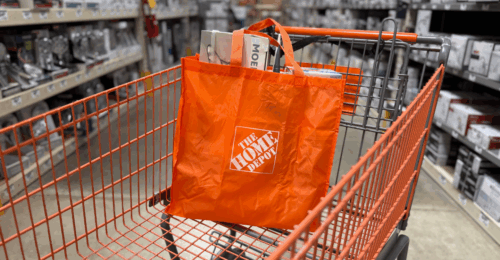When someone says ‘garden,’ what do you envision? You’re probably thinking of lush plots filled with a multitude of bright and colorful flowers, bounded by the greenest grass imaginable. It’s probably every gardener’s dream, right? However, if you live in arid or drought conditions, that’s just not possible without paying an arm and a leg for water or violating watering restrictions. What’s the alternative?
In an era of increasing environmental awareness and water scarcity, xeriscaping has emerged as a sustainable landscaping practice. Coming from the Greek word xeros, meaning dry, xeriscaping is a landscaping technique that prioritizes water conservation. But that doesn’t automatically mean a dry and dreary garden. By employing a range of principles and strategies, xeriscaping enables homeowners and gardeners to create vibrant, low-maintenance landscapes that thrive in arid regions or areas prone to drought.
Water efficiency is at the heart of xeriscaping. From an economic standpoint, the water conserved is one of xeriscaping’s biggest selling points, but that’s not the only benefit. As a result, gardeners won’t have to worry about irrigation systems that can drive up water bills and frustrate conservation efforts. Without a need for constant watering, xeriscaping also saves time for gardeners. Xeriscaping principles can also help people who want to grow but have limited space, such as apartment dwellers.
Another benefit of xeriscaping is improving soil quality and reducing erosion. By adding nutrients to your soil through the addition of compost, the soil will become more nutritious and retain more water. Utilizing mulch in your garden will help anchor the soil and keep moisture in the ground. You won’t be the only person enjoying your garden, either. Think of it as a pollinator pit stop: Local pollinators will enjoy them, and because they can survive dry conditions, they will rely on your xeriscaped garden more as other plants suffer from the lack of water.
Which plants are best for xeriscaping? It depends on where you live. Many plants have evolved to tolerate drought, heat and low-water conditions, like succulents and cacti. The list doesn’t stop there, though. There are many other local plants that have learned to deal with low-water conditions and would also make excellent additions to a xeriscaped garden. It all depends on your local weather conditions and ecosystem.
But there might be even more plant options available soon. At The Home Depot, the associates in our Live Goods department have been working hard to find and develop plant genetics that can survive heat and drought with smaller amounts of water. With a trial garden in each of the country’s 25 climate zones for testing and development, Home Depot hopes to bring a greater variety of plants into the xeriscaping fold.
At the end of the day, Home Depot’s goal is to make sustainable gardening practices available to customers and to ensure their successful planting. “Our number-one goal is to be a good steward of the earth,” said Jennifar McCommish, Home Depot’s PMD Live Goods Merchant and Captain of the Western Genetic Division. “If a customer is successful [with xeriscaping], they’ll want to plant more. It is my legacy and my mission to make sure that our customers have success.”
Xeriscaping is a great way to save water, time and money while growing a garden that will help your soil, local pollinators and ecosystem. We hope that this look at xeriscaping has given our readers a peek inside this fascinating trend in sustainable gardening.






